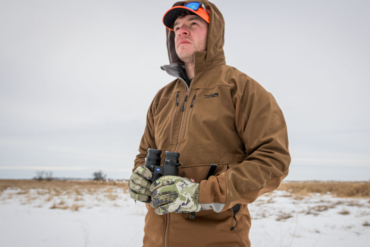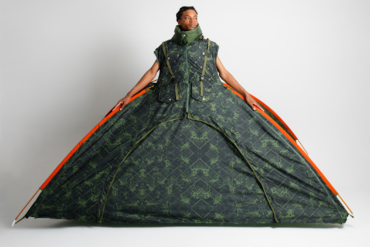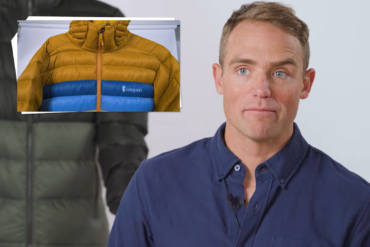Drawing and sketching have always been a part of Emily Miller’s life. Growing up, she often watched her mother, a textile designer, spend hours creating things for fun. Gradually, Emily’s mom invited her and her sisters into the process, showing them how to draw and use their minds to make things.
“I always considered myself good at anything art-related because of her,” Miller spoke of those times with her mom.
She always had a tough time with math and would often get in trouble for having doodles on her pages instead of notes. Her instructors told her that if she put half as much effort into notes as she did her art, she wouldn’t struggle so much.
Unsurprisingly, art class is where she excelled, “partially because art is subjective, but also because that’s where I felt most confident,” she said.
Eventually, all of those doodles paid off. Her talent and skill eventually led her to her current position as one of Timberland PRO’s leading product designers. But connecting the dots wasn’t straightforward.

Uninterested in a teaching or fine arts career, she gradually found her way to industrial design, where she landed two internships that would set the groundwork for everything to follow.
“These two internships set me up career-wise,” she reflected. “One taught me that I could enjoy designing products (power tools) that were not typically designed/marketed to someone like me (a young female). The other taught me that I love shoes. I graduated college in 2012 with an industrial design excellence award and a job offer for a year-long apprenticeship at Reebok.”
After graduating, Emily was offered a job at Reebok, where she spent 5 years working on the brand’s running and innovation teams. She eventually migrated to Timberland because she was fascinated by the creative challenge of designing footwear that would function as more of a tool for working people.
“Safety footwear is something people need — not just want,” she explained. “I have spent the last 7 years working on safety products for Timberland PRO, and I love working for this brand because it pairs my love for shoes with my desire to create purposeful products.”
LEARN MORE ABOUT TIMBERLAND PROThe Philosophy of Design
At a fundamental level, Miller’s design philosophy comprises three tenets.
Facts: Know who and where the product is for. “I can sit at a desk all day and doodle my brains out,” she explained, “but whatever I think the best solution is means nothing if I’m not utilizing information from professionals in the industries where this product will spend its life.”
In the case of Timberland PRO, this meant doing her research — talking with builders, electricians, carpenters, welders, and other tradespeople to learn about their needs.
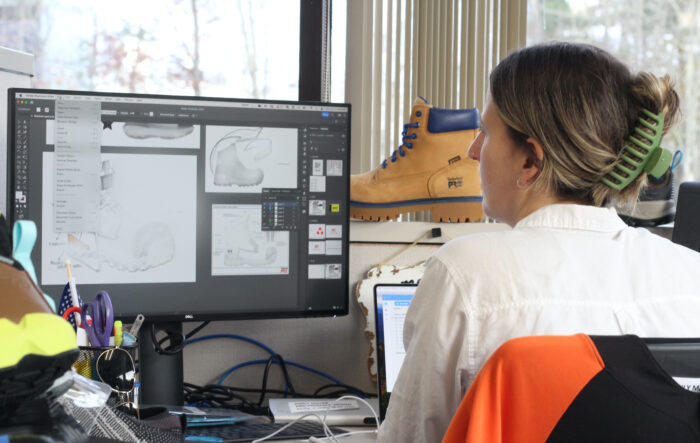
Function: A product needs to perform — ideally better than similar products in the market. “I like designing safety products because I’m making shoes for people who help keep the world running,” she said. “Those are not easy jobs. If I can create something that makes one of those people’s jobs just a little bit easier, that feels like a win to me.”
Meeting this need means that Emily is often focused on the professional challenges her customers face in their trades, and finding solutions to those problems.
Fashion: Fundamentally, footwear needs to perform. But at a higher level, they can also be a form of self-expression. “I’m not into fashion,” Miller hedged, “but I do love shoes. … Even in the simplest of forms, they are a tool as well as a way to express what you like.”
“At some age, everyone needs to wear shoes,” she continued. “They protect us from the elements, whether those elements are a grassy backyard, a marathon course, or a dusty construction job site.”
The Challenges of Designing Work Shoes
Even with a rock-solid design framework, creating durable and dependable footwear for tradespeople is not easy or simple. For one, making shoes and boots for some of the toughest wear environments can be aesthetically limiting.
But there are also a lot of industry standards and safety tests that Timberland PRO footwear needs to pass in order to be sold for specific environments. Certain bedrock features, like a safety toe, require details that can’t be compromised.
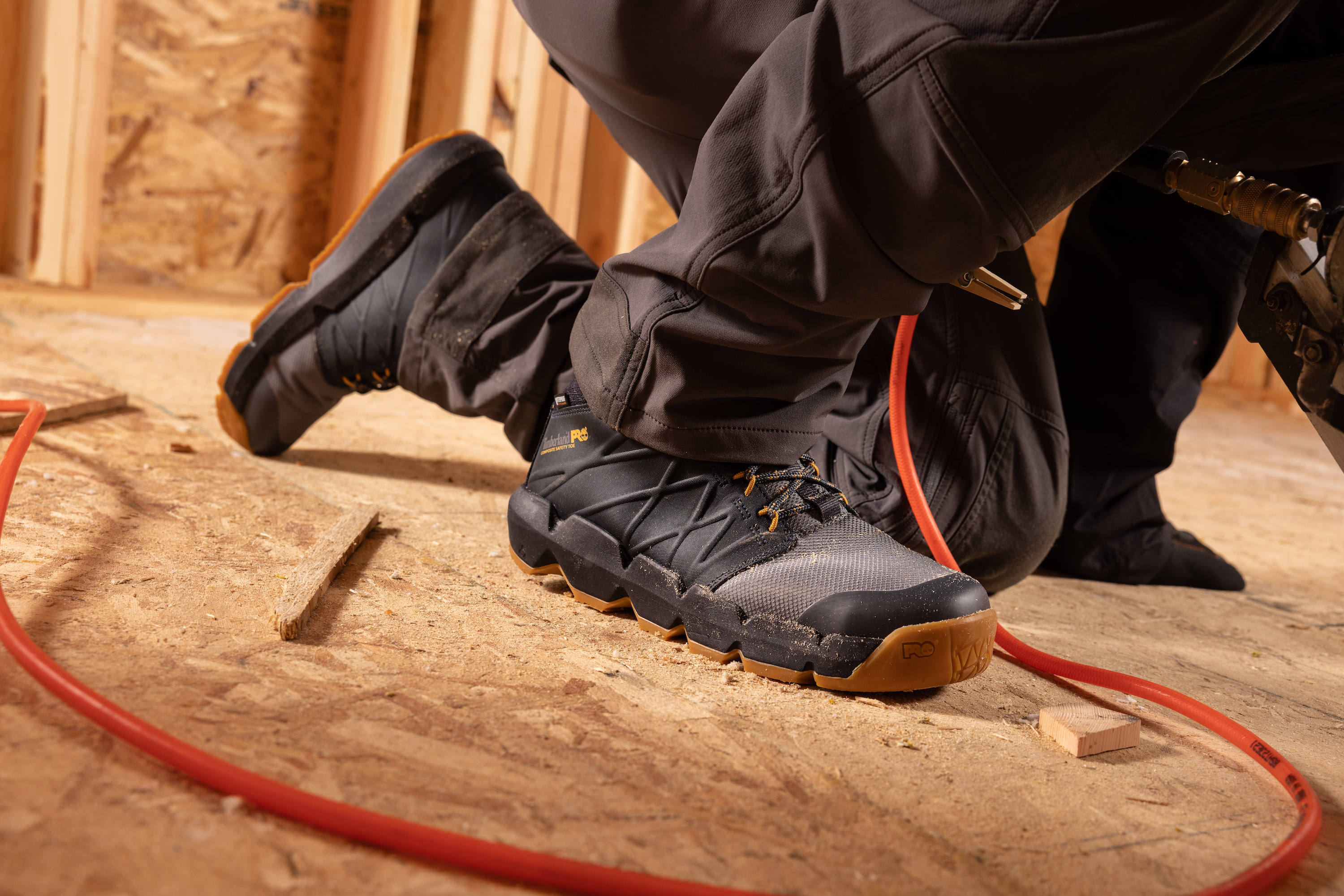
“Let’s say we’re creating a new athletic industrial shoe for indoor manufacturing and warehousing,” Miller gave as an example. “We want to make this thing look lean, sleek, and fast so you can move like you would in your favorite sneaker — but with the added benefit of safety protection and enhanced long-wear comfort.”
To create a look and feel similar to an athletic shoe — in a work boot — takes great skill. Syncing up the demands of the safety toe while providing outsole coverage for durability and the dimensions for comfort is no small thing. It’s these types of challenges that keep Emily on her toes and creatively engaged in her work.
One of her more recent projects was creating the Timberland PRO Morphix Work Boot, an evolution of the Timberland PRO Radius Work Sneaker.
She and her team leveled up some of the key performance features of the Radius platform with a thicker foam and other design tweaks. This provided more comfort and fuller outsole geometry that performs better in crossover indoor/outdoor environments as opposed to the radius, which was designed specifically for indoor use.
SHOP MORPHIX BOOTDesigning for Work and Play
It all stems back to Miller’s early passion for artistic expression. Taking a unique challenge and making something useful is her life’s work, and that passion comes through in her contemporary Timberland PRO designs.
By her own admission, these problems are why she’s been with the brand for the last 7 years — always having an interesting creative challenge keeps her satisfied and growing in her career.
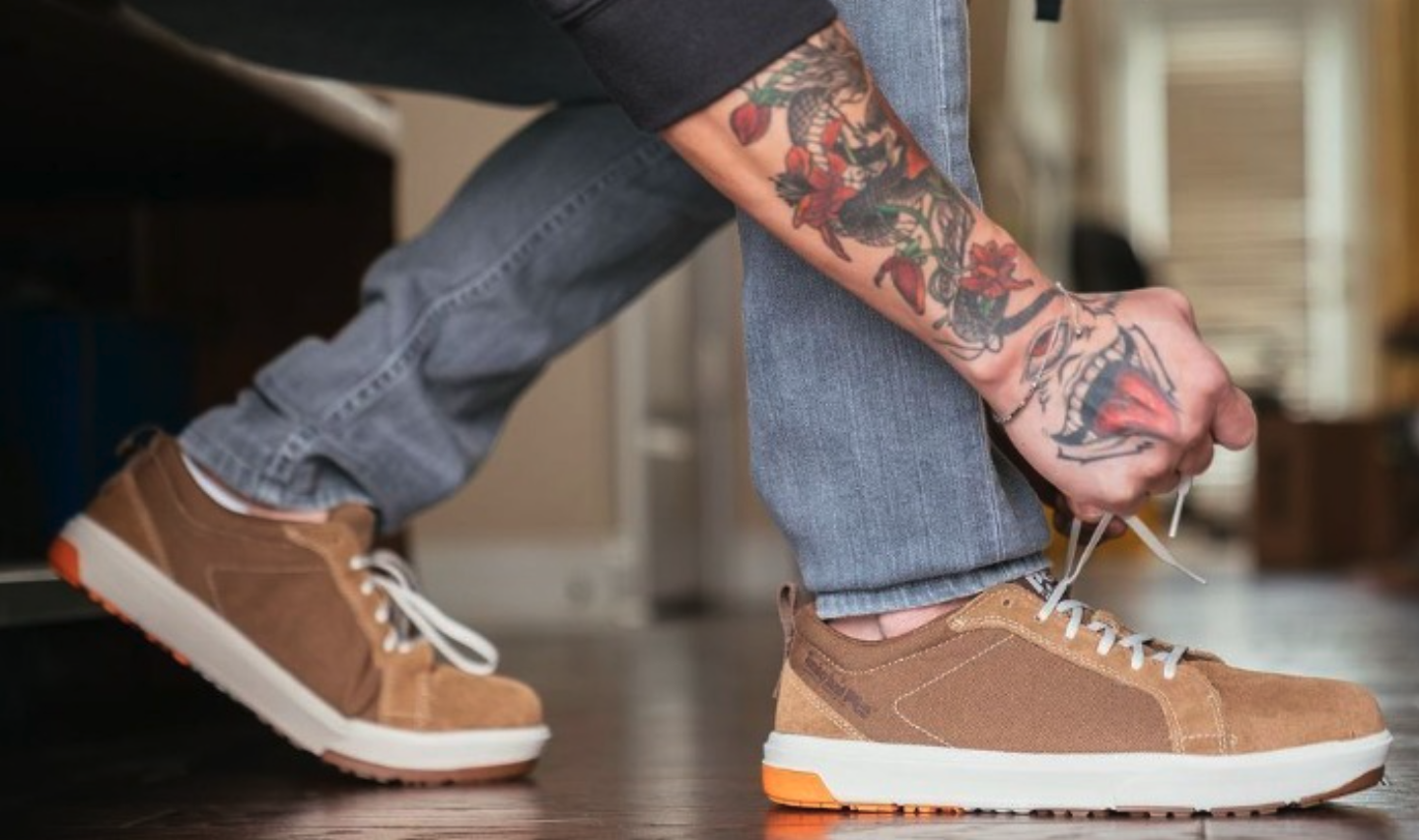
At the heart of it, she loves the challenge of making sneakers that perform like boots, and inversely, loves making a boot that feels like a sneaker. Her goal is to create something that effortlessly goes from work to play, serving both functions equally.
“I enjoy continuing to strive to make products our customers can wear on the job and can then meet their friends or family for dinner,” she reiterated. “All these people who work in these industries we service have lives outside of their jobs. I want to create a product for their job that is comfortable and fashionable enough that they can work all day and still be comfortable enough to go live their lives in it, as well.”
This post is sponsored by Timberland PRO. Learn more and shop at timberland.com.


